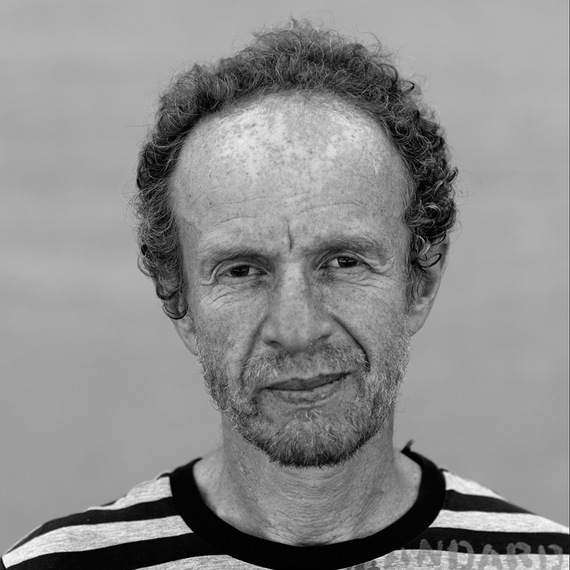
Abstract: Biological systems reach organizational complexity that far exceeds the complexity of any known inanimate objects. Biological entities undoubtedly obey the laws of quantum physics and statistical mechanics. However, is modern physics sufficient to adequately describe, model and explain the evolution of biological complexity? Detailed parallels have been drawn between statistical thermodynamics and the population-genetic theory of biological evolution. Based on these parallels, we outline new perspectives on biological innovation and major transitions in evolution, and introduce a biological equivalent of thermodynamic potential that reflects the innovation propensity of an evolving population. Deep analogies have been suggested to also exist between the properties of biological entities and processes, and those of frustrated states in physics, such as glasses. Such systems are characterized by frustration whereby local state with minimal free energy conflict with the global minimum, resulting in emergent phenomena. We extend such analogies by examining frustration-type phenomena, such as conflicts between different levels of selection, in biological evolution. These frustration effects appear to drive the evolution of biological complexity. We further address evolution in multidimensional fitness landscapes from the point of view of percolation theory and suggest that percolation at level above the critical threshold dictates the tree-like evolution of complex organisms. Taken together, these multiple connections between fundamental processes in physics and biology imply that construction of a meaningful physical theory of biological evolution might not be a futile effort. However, it is unrealistic to expect that such a theory can be created in one scoop; if it ever comes to being, this can only happen through integration of multiple physical models of evolutionary processes. Furthermore, the existing framework of theoretical physics is unlikely to suffice for adequate modeling of the biological level of complexity, and new developments within physics itself are likely to be required. (public access)
“New developments” will need to incorporate information with matter and energy in a serious way.
See also: NIH’s Eugene Koonin identifies key ways our approach to evolution has changed
Does nature just “naturally” produce life?
and
What we know and don’t know about the origin of life